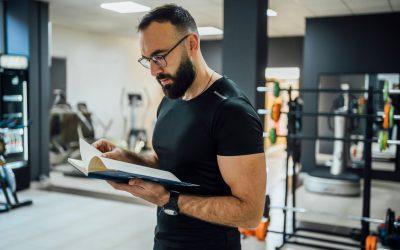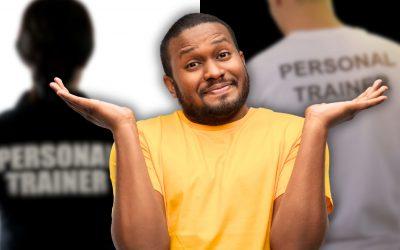Methods for learning and practicing a new skill differ dependent on the skill type. Whether relatively simple skills like a box jump, or complex skills like Olympic Lifting, we must take a different approach to ensure movement mastery.
Organisation and complexity characteristics of a skill provide the basis for a decision to use either whole or part.
Complexity:
- High complexity skills have many components and demand much attention.
- Lower complexity skills would have less components and demand less attention.
- High demanding and complex tasks use part practice. Breaking the skill into components makes it easier to learn. Learning components separately is more effective.
Organisation:
- The relationship between component parts of the skill.
- When parts are interdependent = high organisation.
- When parts are independent = low organisation.
Using this knowledge of movement training, we can establish that:
- Movements with low complexity (less components eg: box jump) require whole practice – the practice of the entire movement at one time.
- Movements with high complexity (more components eg: split jerk) require part practice – the practice of individual elements of the movement.
- Movements with high organisation (interdependent eg: running) require whole practice.
- Movements with low organisation (independent eg: clean and jerk when viewed as two seperate movements) require part practice.
Some movements conflict with the above, as they are both high complexity and high organisation. Olympic lifitng is an example. The lesson is that movements of this nature should be trained in both part and whole – Olympic Lifting drills and Olympic Llifting full practice.




